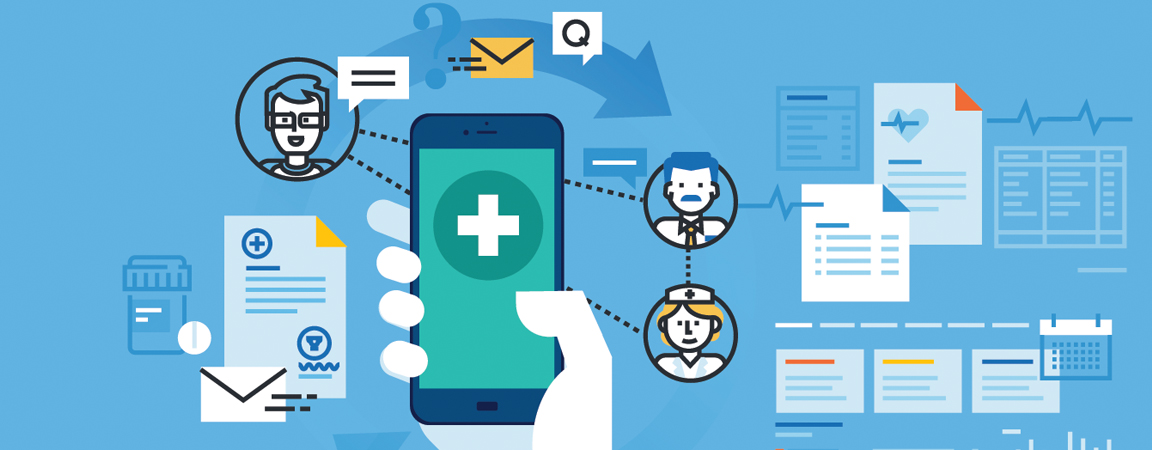November 10, 2022 | 5-minute read
5 Ways to Reduce Your Patient Call Volume, Starting with Self-Scheduling

November 10, 2022 | 5-minute read

By Monica Bolbjerg, MD, co-founder and CEO of Qure4u
High number of patient calls is a pain for patients, staff, and leadership.
With staff shortages ravaging healthcare from coast to coast, organizations are feeling the crippling constraints of an overwhelmingly high volume of patient calls. The results are often debilitating because of long wait times, frustrated callers, and the missed opportunity to acquire new patients.
Another unfortunate byproduct of high call volume is staff burnout from dealing with angry patients and struggling to manage manual workflows.
And finally, there’s the financial repercussions. Not only are you missing out on potential revenue from new patients, you’re also forced to hire extra staff to keep up with the call volume.
So, what can you do? Here are 5 easy things to implement that I’ve seen working over and over again:
Self-scheduling will have an immediate impact on both call volume and patient satisfaction. Most patients prefer to schedule their own appointments, and if you roll out self-scheduling for your most frequent appointment types, you’ll quickly see a decrease in your call volume and an increase in patient satisfaction.
Bonus benefit: We typically see an uptick in new patients, as well, because you’ll be able to attract patients who either won’t or can’t call within open office hours.
Allow patients to go online to reschedule an appointment. There’s no reason to force the patients to spend time on the phone trying to find another appointment time if they’re no longer able to make it. Include a link to rescheduling in your appointment reminders and you’ll see patients start to do that themselves and you will no longer need staff to manage those phone calls.
Bonus benefit: You’ll benefit from a decrease in your no-show rates.
Chatbots are a great way to capture incoming patient requests and questions. They can be built to capture requests such as medical records, Imaging and lab results, new patient registration, referrals, and simple questions such as, “Where can I pay my bill?”
The requests and messages flow directly into worklists for your staff to manage (when they aren’t on the phones), and it helps lessen the load during rush hours. It’s also much faster for your staff to work on requests in a worklist than on the phone, and the chatbot will ensure they have all the required info needed to work the request.
Bonus benefit: Your organization appears consumer-friendly and modern.
You can’t eliminate all patient calls, but you can minimize the time spent on each call by automating tasks for your staff. For example:
Automate patient-provider match/triaging: Introduce a system that takes into account things such as gender, language, specialty, insurance, modality, and location. If your staff only needs to enter a couple of search criteria and the system can show you what provider options match – and lets them book immediately – then you can cut 8-10 minutes of those calls.
Only ask minimal required info on the call: If you use a digital check-in system, you don’t need to ask the patient about where they live, insurance info, etc. You only need to ask for the patient’s name, date of birth, mobile number, and email … the rest will be uploaded by the patient immediately after the call is scheduled. This easily saves you 5-8 minutes on every call.
Bonus benefit: Not only will you save a lot of staff time outside of the calls, you’ll also improve your data collection and compliance.
Many organizations struggle with using secure messaging at scale, either because the staff interface is terrible or because the patients can’t get to the messaging because they have to log into a patient portal first.
Some organizations have tried text messaging, but you’re risking HIPAA-non-compliance because text messages can’t be encrypted.
However, you can get HIPAA-compliant secure messaging systems that don’t require the patient to log in and are user-friendly for the staff. This way you can implement messaging at scale and save a ton of time.
Bonus benefit: Improved documentation is always appreciated.
Will it work for you?
Yes! I’ve worked with organizations in every U.S. state, in rural and urban settings, FQHCs, multi-specialties, single-specialties, you name it – and these methods work for everyone.
How much you benefit will depend on what your inbound calls are dominated by, so begin the process by looking at what patients are calling about and then you will know where to start.
Qure4u Inc. 2024